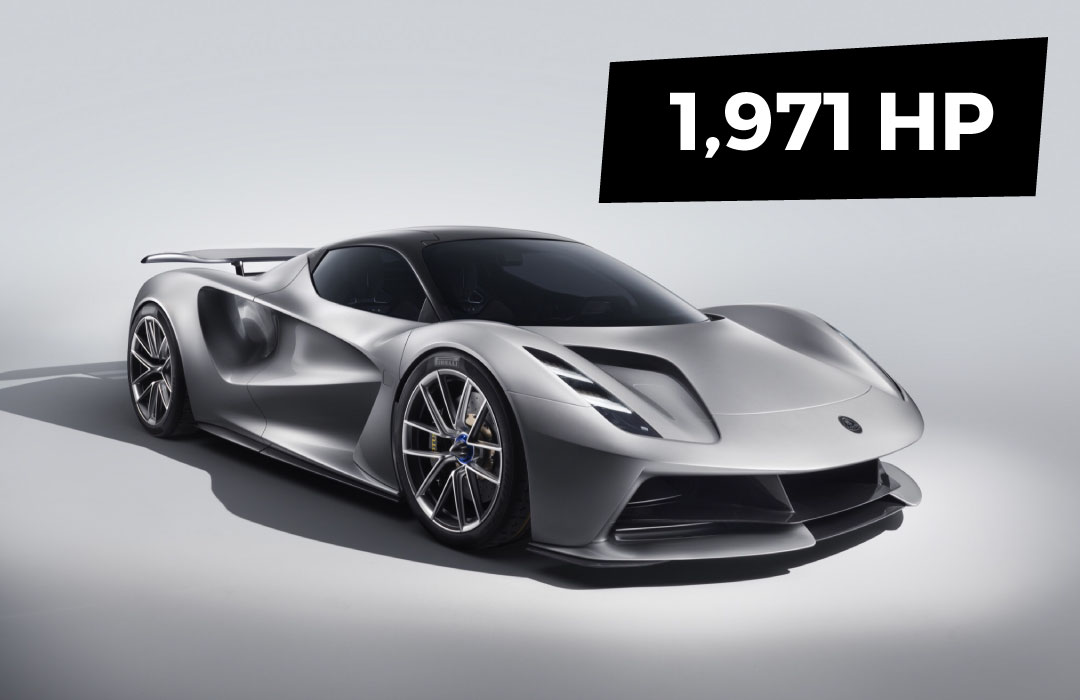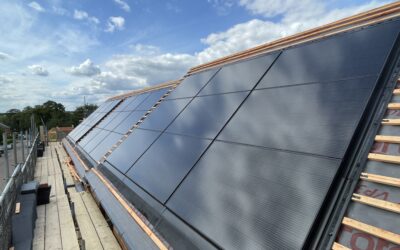Many industry watchers have worried that we’d be faced with a souped-up SUV, something derived from Volvo’s SPA or CMA platforms. That may still come to pass; just ask Porsche whether the Cayenne was a bad idea if you’re unsure. FURTHER READING New Tesla Roadster sounds impressive, but it’s not the only game in town But before that happens—and before the Elise gets redesigned for a third generation—there will be the Evija. That’s the name for its new all-electric hypercar, which is to be a low-volume halo car for the rest of the brand. Its specs are eye-opening, even among this rarefied class of vehicles. The Evija will get a carbon fiber chassis (supplied by CPC), which together with subframes weighs just 284lbs (129kg), and Lotus is aiming for an overall weight of 3,703lbs (1,680kg).
The battery pack will come from Williams Advanced Engineering, a spinoff from the Formula 1 team that was responsible for the batteries that powered the first generation of Formula E racers and the batteries that will power the new Extreme E electric off-road racers. At 70kWh, you can be forgiven for thinking it’s nothing special. But Lotus says the Evija’s battery will have a power output of 2,000kW. Four wheels, four motors All that energy will be fed to four motor-generator units, one for each of the Evija’s wheels.
Each motor will have 493hp (368kW) and 314lb-ft (425Nm), giving the car a hefty 1,971hp (1,470kW) and 1,254lb-ft (1,700Nm).
The performance targets are equally impressive. Perhaps not the 0-62mph (0-100km/h)—under three seconds—or the top speed—above 200mph (340km/h)—for there are cars on sale today that can do that and more. But how does 0-186mph (0-300km/h) in under nine seconds sound? Lotus also says that 62-125mph (100-200km/h) will take under three seconds and that 125-180mph (200-300km/h) will be dispatched in less than four seconds. “With the Lotus Evija, we have an extremely efficient electric-powertrain package, capable of delivering power to the road in a manner never seen before.
Our battery, e-motors, and transmission each operate at up to 98% efficiency. This sets new standards for engineering excellence,” said Matt Windle, executive director of sports car engineering at Lotus Cars. Williams has designed the battery to be able to accept a charge at up to 800kW—once someone builds a charger this powerful, it should be able to get the battery up to 100% in nine minutes. Until that happens, Evija owners will have to settle for using some of the new 350kW CCS2 fast chargers, which Lotus says will take an Evija’s state of charge from 0 to 80% in 12 minutes. However, a consequence of using a relatively small-capacity battery is a relatively short range—250 miles (400km) as determined by the (rather inaccurate) WLTP test scheme (which probably means closer to 210 miles when tested by the EPA). Production begins next year, with the production run capped at 130 cars (to match the Evija’s internal designation, the Lotus Type 130).
They won’t be cheap. Prices start at $2.1 million (£1.7 million), and if you want to make absolutely sure one of those 130 cars will be yours, Lotus will gladly secure you a production slot as soon as you give it $310,177 (£250,000) as a deposit.






0 Comments